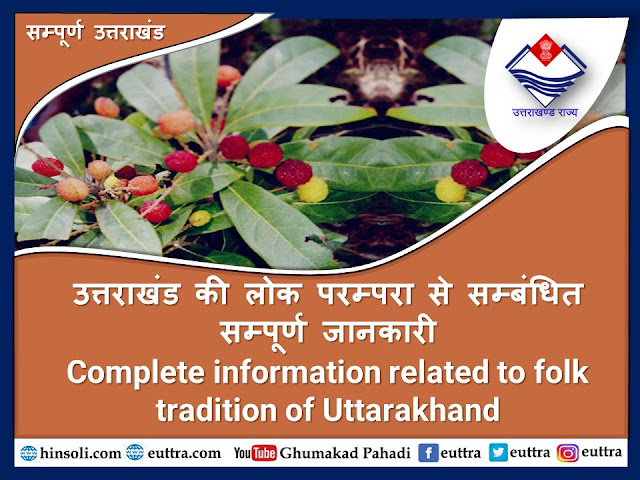 |
| Chipko Movement and its significance |
The Chipko Movement was a significant
environmental movement in India that originated in Uttarakhand (then
part of Uttar Pradesh) in the early 1970s. The term "Chipko"
means "to embrace" in Hindi, symbolizing the act of hugging trees to
prevent them from being cut down.
History of the Chipko Movement
- Background:
The movement emerged as a response to the large-scale deforestation caused by commercial logging, which led to environmental degradation, landslides, and the destruction of local livelihoods. - In
the early 1970s, the Uttar Pradesh Forest Department allocated forest
land in the Alaknanda Valley to a sports goods company,
depriving local villagers of access to forest resources for their daily
needs.
- Key
Event (1973):
The movement began in the village of Mandal in Chamoli district when villagers protested against the cutting of trees. Women of the village hugged the trees to stop the contractors from felling them. This act became symbolic of the movement.
People Involved in the Chipko Movement
- Sunderlal
Bahuguna:
A prominent environmentalist who became the face of the Chipko Movement. He coined the slogan "Ecology is the permanent economy" and highlighted the movement's ecological and economic importance. - Gaura
Devi:
A local leader from Reni village who played a pivotal role in mobilizing women to protest against tree felling in 1974. Her leadership in protecting the forest inspired many. - Chandi
Prasad Bhatt:
A social activist and founder of the Dasholi Gram Swarajya Sangh (DGSS), which initiated many Chipko-related activities. He emphasized local self-reliance and the importance of forests for rural communities. - Bachni
Devi and Sudesha Devi:
Other key women leaders who were instrumental in organizing protests and spreading the movement.
Significance of the Chipko Movement
- Environmental
Awareness:
The movement brought attention to the importance of forests in maintaining ecological balance and protecting rural livelihoods. - Empowerment
of Women:
Women played a central role in the movement, showcasing their deep connection to natural resources and their ability to lead community actions. - Policy
Changes:
- In
1980, the movement's success led to a 15-year ban on commercial
logging in the Himalayan forests by the Indian government.
- It
inspired the formulation of the Forest Conservation Act, 1980.
- Global
Influence:
The Chipko Movement became a symbol of non-violent resistance and inspired similar environmental movements worldwide.
Legacy of the Chipko Movement
- The
Chipko Movement is considered a turning point in India's environmental
history. It emphasized the need for sustainable development and the active
involvement of local communities in managing natural resources.
- The
movement's philosophy continues to influence environmental activism in
India and across the globe.
Challenges and Criticism
- Despite
its success, the Chipko Movement faced criticism for not addressing the
deeper economic reasons behind deforestation, such as poverty and lack of
alternative livelihoods.
- Commercial
interests and government policies occasionally clashed with the ideals of
the movement.
The Chipko Movement remains a powerful example of grassroots
activism, showcasing how local communities can unite to protect their
environment and secure their future.
































Follow Us